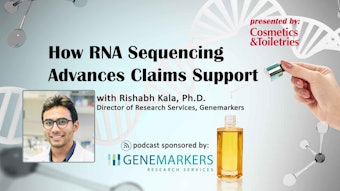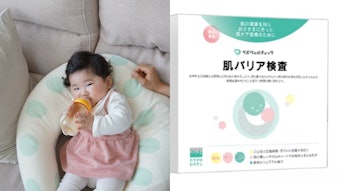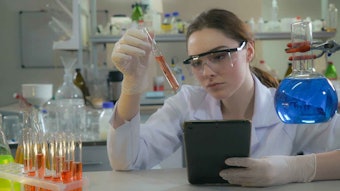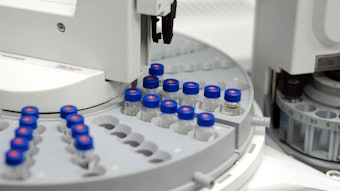See the complete article in the June 2013 digital magazine.
Protecting colored hair is a topic that appeals to consumers almost all over the world since, although artificial colors are supposed to be permanent, they always eventually fade. As a result, according to Mintel’s product database,1 of the nearly 16,000 water-based shampoos launched between January 2007 and June 2012, approximately 3,200 of them mention color or fading in their descriptions. Many of these shampoos focus particularly on the color fade that occurs after coloration, such as by shampooing and exposure to ultraviolet (UV) radiation from the sun. These factors are known to cause color fade, although not to the same extent.
Over the past five years, increasing numbers of consumers dyeing their hair have led to a steady increase in shampoos claiming color protection—and other than just “anti-UV.” In Europe, for instance, “anti-washout” shampoo launches represented 13.5% of the shampoo market in 2007, and increased to 21% in 2011. In North America, the same trend was observed; 22% of shampoos launched in 2007 made “anti-washout” claims, which increased to 32% in 2011. In the meantime, true “anti-UV” offerings remained constant at best in both regions, if not declined. This is with reason: The color protection segment is now far more concerned with shampoos claiming protection against color washout rather than UV.
As a matter of fact, water itself, as will be illustrated, significantly contributes to color fading caused by washout. The use of surfactants, i.e., anionic, amphoteric, neutral, is not without effects as well.2, 3 Thus, formulators might choose different options to create anti-washout shampoos, structured or micellar. For structured shampoos, formulations based on branched anionics like sodium trideceth sulphate (STDES) can be designed to help reduce fading.2 For micellar ones, formulators will favor amphoteric surfactants like amphoacetates, reputedly milder than cocamidopropylbetaine; and when they want a “sulfate-free” version, they will almost always turn to alkylpolyglucosides (APGs).2, 3










